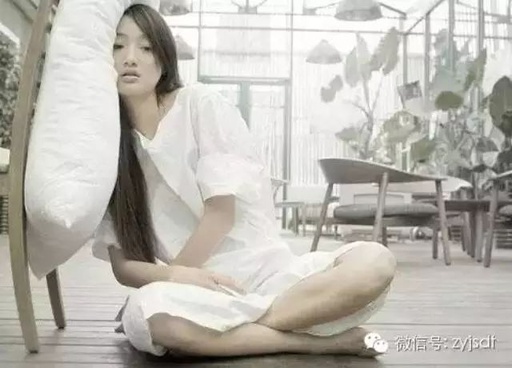 Women with Qi deficiency often have a pale complexion, while those with Spleen deficiency may appear yellow, and women with Blood deficiency may have a bluish or dark complexion. A face marked by Liver and Kidney deficiency will likely show spots due to the body’s inability to expel toxins, leading to irregular menstruation and skin issues. Women who have undergone oophorectomy often develop butterfly spots, as this is directly related to their ovaries. No amount of whitening will help; only by restoring the body’s balance can true beauty be achieved. A woman’s body, skin, and endocrine system are interconnected and must be nurtured together. If Qi and Blood are not flowing smoothly, one may experience cold hands and feet, as well as dysmenorrhea. Poor blood circulation can also lead to the formation of spots. Our reproductive system is particularly sensitive to cold; if the body is excessively cold, it will resort to storing more fat for warmth. When Qi and Blood are abundant, there is no need for excess fat, which is why women with sufficient Qi and Blood do not gain weight.
Women with Qi deficiency often have a pale complexion, while those with Spleen deficiency may appear yellow, and women with Blood deficiency may have a bluish or dark complexion. A face marked by Liver and Kidney deficiency will likely show spots due to the body’s inability to expel toxins, leading to irregular menstruation and skin issues. Women who have undergone oophorectomy often develop butterfly spots, as this is directly related to their ovaries. No amount of whitening will help; only by restoring the body’s balance can true beauty be achieved. A woman’s body, skin, and endocrine system are interconnected and must be nurtured together. If Qi and Blood are not flowing smoothly, one may experience cold hands and feet, as well as dysmenorrhea. Poor blood circulation can also lead to the formation of spots. Our reproductive system is particularly sensitive to cold; if the body is excessively cold, it will resort to storing more fat for warmth. When Qi and Blood are abundant, there is no need for excess fat, which is why women with sufficient Qi and Blood do not gain weight.
Women with poor circulation are prone to accumulating coldness in their bodies. There is a saying: “Nine out of ten women are cold.” Women with cold bodies who do not receive proper care may face serious consequences. The uterus will inevitably be cold, leading to what we call Uterine Cold, which can cause a myriad of issues such as irregular menstruation, dysmenorrhea, pale or waxy complexion, hair loss, insomnia with vivid dreams, palpitations, dizziness, fatigue, and acne. The most frightening consequence is infertility! Or, if pregnant, the fetus may develop slowly! You may wonder why Uterine Cold leads to such severe infertility. The answer is quite simple: the uterus is a vital organ for nurturing the fetus. A cold uterus is like sowing seeds in cold, nutrient-deficient soil; they cannot grow and develop properly. Many women are unaware of how to maintain their health; the only solution is to nourish Qi and Blood and care for Uterine Cold to regulate menstruation!
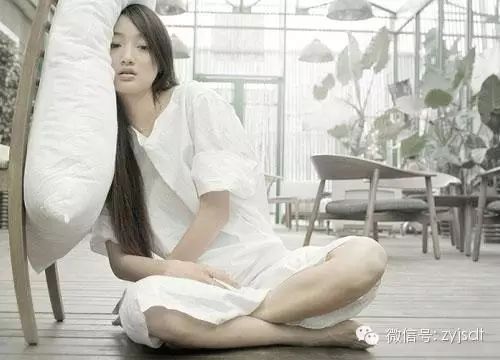
Speaking of Qi and Blood deficiency, Chinese herbal medicine can effectively tonify Qi and nourish Blood. For Chinese women, there are several herbs specifically prepared for them, such as Shao Yao (Peony), Chuan Xiong (Ligusticum), Dang Gui (Angelica), and Shu Di Huang (Rehmannia). When these four herbs are boiled together, they create a formula with over a thousand years of history, known in TCM as the “First Formula for Nourishing Blood in Gynecology”—Si Wu Tang (Four Substance Decoction). The best way to replenish Blood is to start drinking Si Wu Tang every morning and evening from the day after menstruation ends, for a week. I will now provide the recipe, hoping it can help those sisters who are troubled by these issues.
Ingredients: Standard Si Wu: Dang Gui (Angelica) 15g, Shu Di Huang (Rehmannia) 15g, Chuan Xiong (Ligusticum) 15g, Bai Shao (White Peony) 15g.
Method: Rinse all the herbs once, then add water and simmer.
Tips: Use a medium-sized rice bowl to measure 4 bowls of water, and simmer until only one bowl of water remains! Adding high-quality red dates will make the decoction even sweeter. Of course, it is best to add an appropriate amount of nourishing black sugar when drinking for even better results.
Usage: Drink on an empty stomach in the morning and evening; any temperature is fine, but it is best not to let the decoction sit overnight before reheating.
As long as you start drinking after your period ends for one week, once in the morning and once in the evening, and continue for several menstrual cycles, your complexion will improve significantly, dysmenorrhea will disappear, and Uterine Cold will gradually be nourished back to health!
Introduction to the Four Main Ingredients
Dang Gui: The primary function of Dang Gui is to nourish Blood and regulate menstruation. Additionally, it has the effect of beautifying the skin and plays an extremely important role in protecting women’s health.
Shu Di Huang: It can address pale complexion, dizziness, and irregular menstruation in women. When combined with Dang Gui, it enhances the blood-nourishing and blood-activating effects of Dang Gui.
Chuan Xiong: It is a primary herb for gynecology and an excellent remedy for headaches. It can also influence the endocrine system, alleviating breast discomfort, anxiety, and depression associated with premenstrual symptoms.
Bai Shao: According to the “Tang Materia Medica,” it “benefits women’s blood.” Modern TCM believes it can nourish Blood and soften the liver, providing excellent efficacy for irregular menstruation.
Why Should Women Drink Si Wu Tang?
Si Wu Tang not only helps to invigorate blood circulation and eliminate blood stasis but also alleviates menstrual pain, improves anemia, and prevents cold hands and feet.
Si Wu Tang is also a beauty elixir, as it promotes smooth Qi and Blood flow, making your complexion rosy and your skin smoother, giving you a youthful appearance!
Si Wu Tang is a commonly used formula that nourishes Blood and regulates menstruation. Those with Blood deficiency can use it to replenish Blood, while those with Blood stasis can use it to invigorate blood circulation. In our lives, many women are affected by irregular menstruation, and Si Wu Tang can help invigorate blood circulation, eliminate blood stasis, and alleviate abdominal bloating and pain, ensuring smooth menstrual flow. Additionally, Si Wu Tang can replenish iron, reducing anemia, dizziness, and issues with menstrual flow.
Furthermore, Si Wu Tang can nourish the skin and prevent aging. The components of Si Wu Tang are primarily warming and blood-activating agents. If taken regularly under a doctor’s guidance, it can help ensure smooth Qi and Blood flow, reduce symptoms of cold hands and feet, and improve complexion and skin smoothness, slowing down physiological aging and making one appear younger.
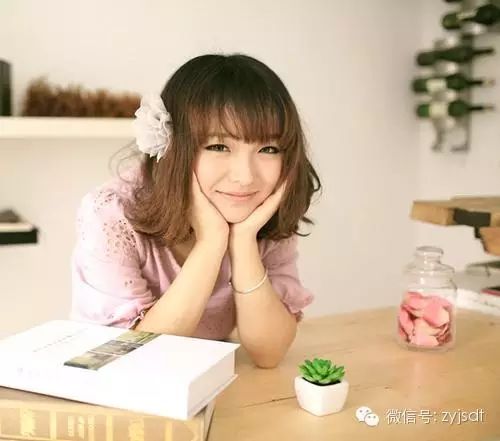
Best Timing for Taking Si Wu Tang
Many people choose to take it in autumn and winter, but this does not mean that Si Wu Tang cannot be consumed in other seasons; it is simply more suitable during autumn and winter compared to other tonics. Here, we will detail when to drink Si Wu Tang.
Regarding when to drink Si Wu Tang, there is a saying: autumn supplementation is partly to prepare for winter supplementation, so in autumn, it is essential to strengthen the spleen and stomach, allowing the body, which has been depleted over summer, to gradually regain strength to accept winter nourishment. Additionally, autumn is a time to adjust the functions of the organs and enhance the body’s resistance to adapt to the gradually colder climate, preventing winter illnesses. At this time, one can choose methods that nourish both Qi and Blood to promote smooth organ function.
Women should develop the habit of taking Si Wu Tang from a young age, consuming it for ten consecutive days after menstruation ends. This not only reduces menstrual pain, issues with menstrual flow, and abdominal bloating but also helps maintain physiological functions and skin health, making it less prone to aging and naturally distancing oneself from cancer. Additionally, Si Wu Tang can be stewed with chicken, pig stomach, or eel, making it a delicious and beneficial dish for women.
However, this does not mean it cannot be consumed at other times. In fact, for daily use, when should Si Wu Tang be taken? We can find the answer from our own experiences. For example, as women take on more social responsibilities, physical and psychological pressures increase, making methods to nourish Blood and combat aging essential. During times of high stress, do not forget about Si Wu Tang. This is one answer to when to drink Si Wu Tang. When feeling physically exhausted or weak, or under significant stress, Si Wu Tang can be used for adjustment.
One important function of Si Wu Tang is to regulate menstruation. Therefore, when regulating menstruation, when should it be taken? It is important to note that Si Wu Tang contains Dang Gui, so it should not be consumed during menstruation; it is best taken after menstruation ends or just before! It is said that drinking Si Wu Tang on the 11th, 12th, or 13th day after menstruation ends can also have excellent breast-enhancing effects.
Important Notes
1. Nourishing and beautifying: You can use Si Wu Tang as a seasoning, masking the strong herbal taste with red dates, goji berries, and rock sugar, then adding chicken, pork ribs, or other meats to create a nourishing medicinal dish that promotes smooth Qi and Blood flow, giving a rosy complexion and smooth skin, nourishing the body and enhancing beauty.
2. Menstrual period adjustment: Women in Taiwan commonly use Si Wu to nourish their bodies. Celebrities like Da S and Wu Peici highly recommend Si Wu Tang. You can drink Si Wu Tang after your menstrual period ends, once in the morning and once in the evening, for a week, which helps nourish Blood and restore the body.
3. Improving excessive menstruation: Si Wu Tang is the ancestral formula for nourishing Blood, from which countless variations have emerged, including the well-known Tao Hong Si Wu Tang, which adds Tao Ren (Peach Kernel) and Hong Hua (Safflower) to specifically treat excessive menstruation caused by Blood deficiency and Blood stasis, and can also address threatened miscarriage and habitual miscarriage.
4. Different methods of consumption require different dosages of Si Wu Tang. Finally, I must reiterate that when it comes to nourishing Qi and Blood and addressing women’s issues, aside from Si Wu Tang, a simpler method is to use our moxa sticks. Based on three-year-aged moxa, we add Hong Hua, Chuan Xiong, and other herbs, all considered “sacred herbs for gynecology.” They have higher heat and stronger penetration, and when combined with specific acupoints, the effects are naturally better! For more details, click on the “Read the original article” link below.
Currently available in two diameters: 2.0 cm and 3.0 cm (length is 20 cm).
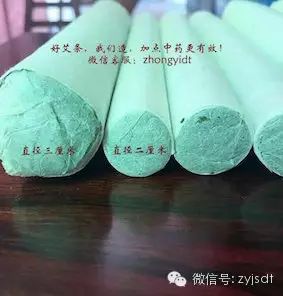
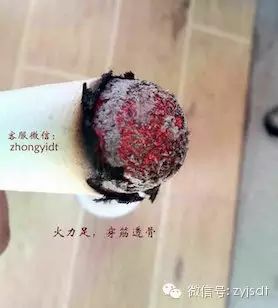
Differences between medicinal moxibustion and pure moxibustion:
1. The formula for medicinal moxibustion consists of multiple combinations, while moxibustion is relatively singular. 2. Medicinal moxibustion is targeted, while moxibustion does not focus on specific areas.
3. Medicinal moxibustion generally shows effects after one use, while moxibustion takes longer to show results. By the way, I haven’t mentioned the acupoints yet. For moxa sticks, the acupoints to use include: Pishu (Spleen Shu), Ganshu (Liver Shu), Shenshu (Kidney Shu), Shenque (Conception Vessel), Baihui (Hundred Meetings), Zusanli (Stomach Three Miles), and San Yin Jiao (Three Yin Intersection). Each acupoint should be treated for 10 minutes, once a day, for a 10-day course. Remember to follow the order!

